Which Portfolio Accounting Method is Best?
How do you track the cost basis on investments held in your taxable portfolio? What portfolio accounting method does your broker, custodian or advisor report to you or your CPA? This is a decision that, for some investors, can save thousands of dollars in taxes and ultimately make a significant difference in a portfolio’s after-tax rate of return.
Managing the tax impact when selling an investment in your taxable portfolio is a critical component of a tax-efficient investment strategy – especially with those investments in which dividends are reinvested, or there are a series of purchases (i.e. dollar cost averaging). The following are descriptions of the portfolio accounting methods available to investors:
Average Cost Method
As its name implies, the average cost method keeps a running tally of the average cost of mutual fund or stock shares that are purchased or sold over time, including reinvested dividends. The average cost accounting method is the most commonly used method by mutual fund companies.
First in First Out (FIFO)
The FIFO method assumes that the shares sold were the first shares purchased. This method realizes the maximum capital gains when an investment has appreciated throughout its holding period. The FIFO method is the “default” method for many brokerage firms.
Select Lot (or Specific Lot) Identification
The Select Lot method allows an investor to identify the shares that are sold. This is the most flexible portfolio accounting method and allows the investor to have maximum control of any gains or losses generated when selling an investment.
Last in First Out (LIFO)
The LIFO method assumes that the shares sold were the last shares that were purchased. This method can result in higher short-term capital gains or losses. Short-term capital gains are generally taxed at higher tax rates than long-term capital gains.
High Cost
The High Cost method assumes that those shares sold are the highest cost shares. This portfolio accounting method can result in minimizing capital gains or maximizing capital losses.
The IRS is indifferent as to the accounting method that investors utilize. However, the IRS has indicated that investors should maintain consistency in whatever accounting method is chosen. In other words, investors choosing the average cost method cannot subsequently decide to convert to the LIFO portfolio accounting method.Thankfully, custodians are now required to report cost basis information on taxable investment accounts to the IRS on 1099 forms. However, with investors having the ability to select a portfolio accounting method (with most custodians), it is important that you take the time to determine which is most beneficial given your situation. In addition, you will need to contact your custodian to let them know which method you prefer.

